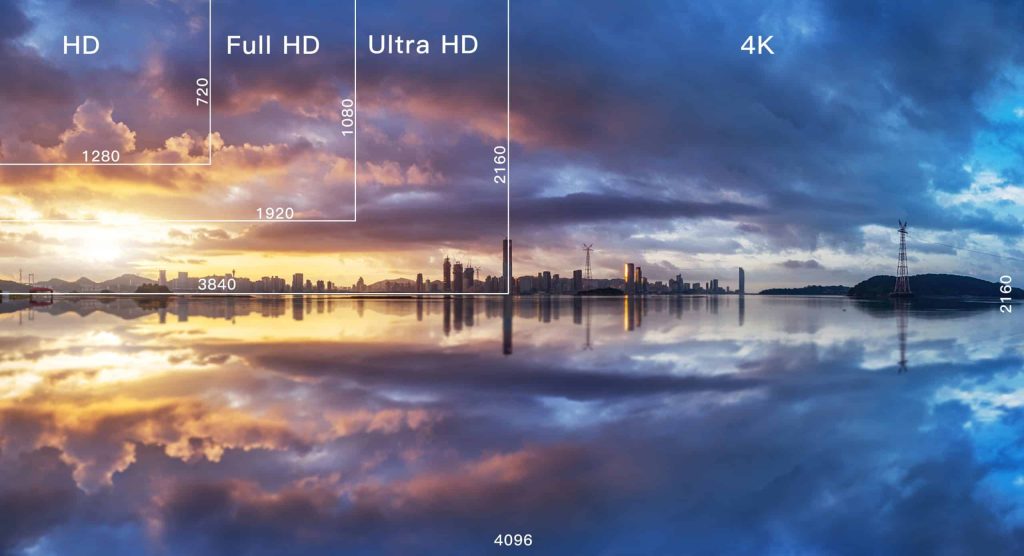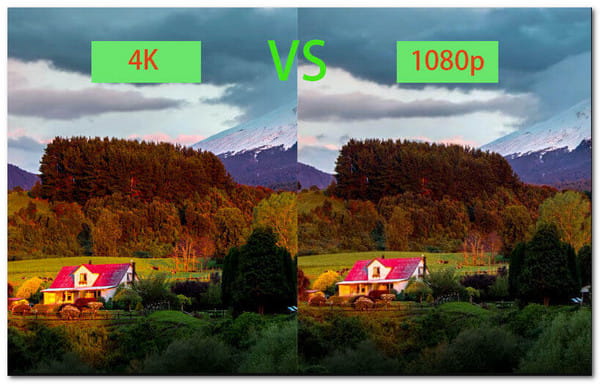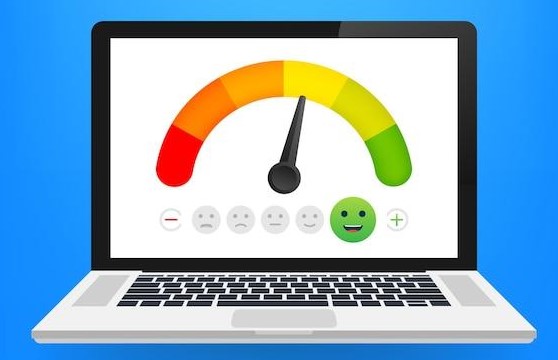4K Ultra HD

Table of contents
Estimated reading time: 4 minutes
Unlocking the Potential: Exploring 4K Ultra HD in the Realm of IPTV
Introduction
In the ever-evolving landscape of IPTV, one technological marvel stands out: 4K Ultra HD. With its promise of unparalleled visual fidelity and immersive viewing experiences, 4K Ultra HD has revolutionized how audiences consume content. However, beyond its stunning resolution lies a world of intricacies and lesser-known facets that shape its impact on IPTV services. Let’s delve deeper into the realm of 4K Ultra HD and uncover its unique angles within the IPTV domain.

Understanding 4K Ultra HD
4K Ultra HD, also known as UHD, refers to a display resolution with a horizontal pixel count of approximately 4,000 pixels. This resolution offers four times the pixel density of traditional Full HD displays, resulting in sharper images and finer details. Embraced for its stunning clarity and lifelike visuals, 4K Ultra HD has become the gold standard for premium viewing experiences in the IPTV realm.

The Evolution of 4K Ultra HD in IPTV
From its inception to its integration into IPTV services, the journey of 4K Ultra HD has been marked by continuous innovation. Initially, limited by hardware capabilities and bandwidth constraints, the adoption of 4K Ultra HD in IPTV faced challenges. However, advancements in compression technologies, such as High-Efficiency Video Coding (HEVC), have paved the way for seamless delivery of 4K content over IPTV networks.
Optimizing the 4K Ultra HD Experience
While the allure of 4K Ultra HD is undeniable, optimizing the viewing experience requires more than just high-resolution displays. Quality of Service (QoS) measures, including network bandwidth management and efficient video encoding, are crucial for ensuring smooth playback and minimizing buffering issues. Additionally, content creators and providers must prioritize the production and delivery of native 4K content to fully leverage the capabilities of 4K Ultra HD in IPTV.
Challenges and Opportunities

Despite its transformative potential, 4K Ultra HD in IPTV is not without its challenges. Bandwidth requirements for streaming 4K content remain substantial, posing constraints for viewers with limited internet connectivity. Moreover, the proliferation of 4K-capable devices and the demand for backward compatibility present logistical hurdles for IPTV service providers. However, these challenges also present opportunities for innovation, driving the development of adaptive streaming technologies and network optimization solutions.
The Future of 4K Ultra HD in IPTV
As technology continues to evolve, the future of 4K Ultra HD in IPTV holds promise for even greater advancements. With the advent of High Dynamic Range (HDR) and Wide Color Gamut (WCG) technologies, the visual fidelity of 4K content is poised to reach new heights. Additionally, the integration of artificial intelligence and machine learning algorithms promises to enhance content recommendation systems, personalizing the viewing experience for users.
Conclusion
In conclusion, 4K Ultra HD represents more than just a resolution upgrade; it symbolizes a paradigm shift in how we consume and interact with content in the IPTV landscape. By exploring the nuances and intricacies of 4K Ultra HD within IPTV, we gain a deeper appreciation for its transformative potential. As we continue to push the boundaries of technology, the future of 4K Ultra HD in IPTV holds boundless possibilities, promising unparalleled visual experiences for audiences worldwide.


0 Comments